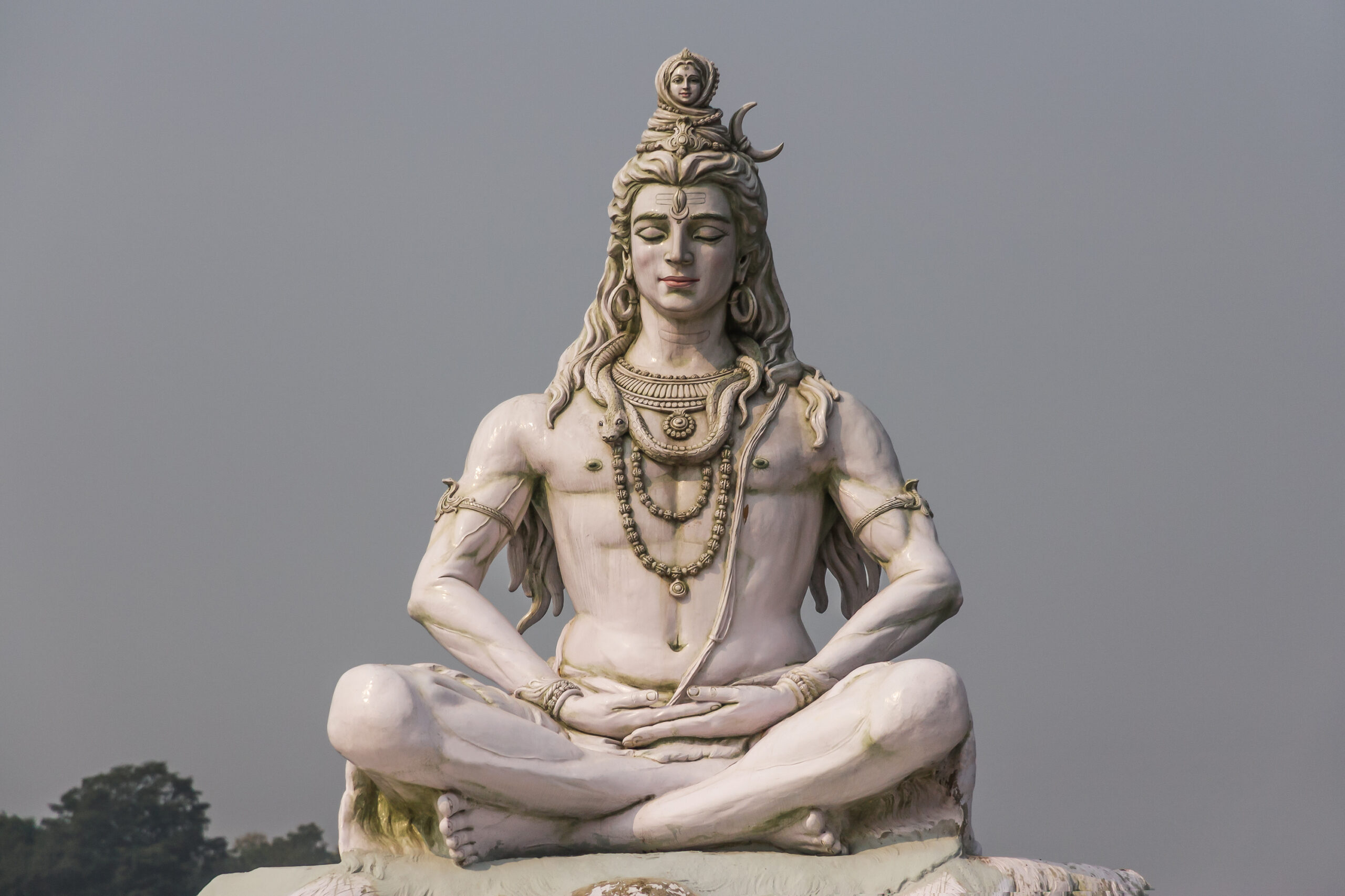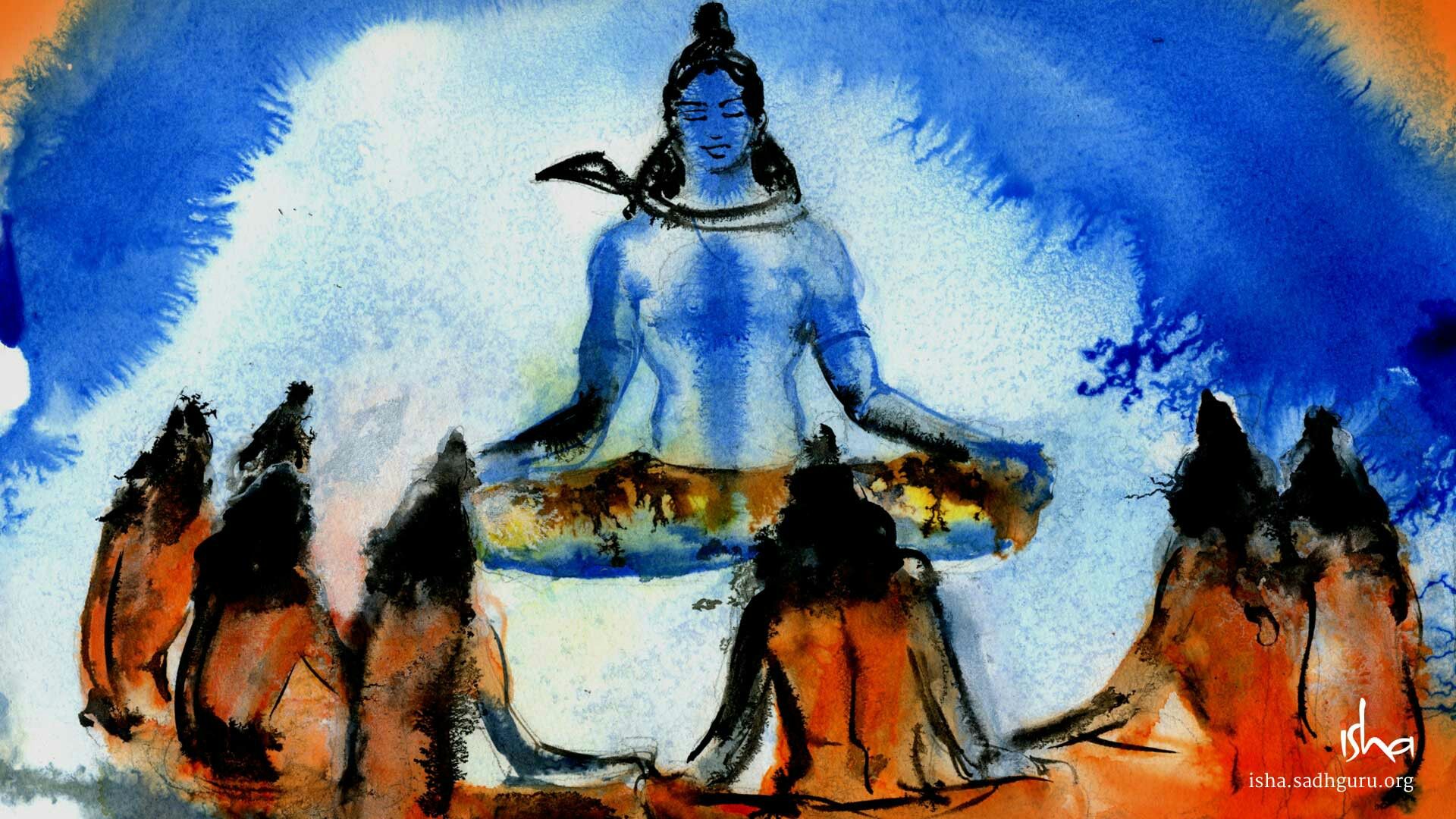Have you ever thought about how the age-old practice of yoga, which has changed so many lives today, originates from a unique group of sages called the Saptarishis?
The seven legendary figures in Hindu mythology—Marichi, Atri, Angiras, Pulastya, Pulaha, Kratu, and Vashishta—aren’t just characters from old stories; they play a crucial role in shaping yoga as we know it today.
According to tradition, these sages were blessed with deep wisdom straight from Adiyogi, Lord Shiva, who is seen as the original yogi. This knowledge wasn’t limited to just physical postures; it also included profound spiritual insights that are essential to yoga philosophy.
The Saptarishis took on the role of spreading this wisdom far and wide, making sure that the teachings of yoga would be available for generations to come. As they moved around and taught, each sage adjusted the practices to better fit their students’ needs and personalities, resulting in the rich variety of yoga styles we see today.
Explore The Saptarishis and Their Influence on Yoga: The Hindu Roots Through This Blog.
As we explore the teachings of the Saptarishis and their influence on yoga, we’ll discover how their ancient wisdom continues to be relatable in our modern practices and connects us to the roots of Hinduism. Join us on this enlightening journey to uncover the significant impact these sages have had on yoga and spirituality!
The Origin of Yoga in Hinduism
The origins of yoga can be found in ancient Hindu scriptures, particularly the Rig Veda, where the term ‘yoga’ first appears. It’s a spiritual and philosophical journey aimed at connecting the individual with the universal consciousness.

A central figure in this tradition is Adiyogi, or Lord Shiva, who is seen as the first yogi. According to stories, he passed on the knowledge of yoga to the Saptarishis—seven wise sages—who were given the mission to share this wisdom around the globe.

This moment was crucial in spiritual history, as these sages became the keepers of yogic teachings, making sure they were handed down and practiced over time. The Saptarishis not only carried on the principles of yoga but also adapted them to different cultures, allowing yoga to evolve while staying.
Read more about Vedas – https://itihaaskikhoj.in/4-vedas-the-pillars-of-indian-knowledge/
The Saptarishis: Who Are They?
The Saptarishis are a group of seven highly respected sages in Hindu culture: Atri, Bharadvaja, Gautama, Jamadagni, Kashyapa, Vasistha, and Vishwamitra. Each one brings their own special qualities and wisdom to the practice of yoga.
 According to Hindu tradition, these sages were born from the mind of Brahma, the creator god, and represent different aspects of knowledge and enlightenment. Their teachings cover a wide range of subjects, including ethics, meditation, and the nature of existence, making them important figures in both yoga and Hindu philosophy.
According to Hindu tradition, these sages were born from the mind of Brahma, the creator god, and represent different aspects of knowledge and enlightenment. Their teachings cover a wide range of subjects, including ethics, meditation, and the nature of existence, making them important figures in both yoga and Hindu philosophy.
You can still feel the Saptarishis’ impact in modern yoga; a lot of asanas are named after them, showing just how much they’ve shaped both the spiritual and physical sides of yoga.
For example, Marichi, one of the Saptarishis, is frequently recognized for creating the Sun Salutation (Surya Namaskar), a series of poses that pay tribute to the sun’s energy. The wisdom of these sages highlights a well-rounded approach to yoga, blending physical postures (asanas), breath regulation (pranayama), meditation (dhyana), and ethical practices (yamas and niyamas).

By exploring the connection between the Saptarishis and yoga, we gain valuable insights into how these ancient teachings remain relevant today, guiding practitioners on their paths toward self-realization and spiritual growth.
Read – https://itihaaskikhoj.in/exploring-hinduism-the-worlds-oldest-religion/
The Teachings of Adiyogi to the Saptarishis
According to yogic stories, Adiyogi gave different pieces of yoga knowledge to each of the Saptarishis, which led to a wide variety of yogic practices. Each sage received a portion of this wisdom and then added their own experiences and teachings.

This sharing of knowledge opened up a wide range of yoga paths, including Bhakti (devotion), Karma (action), Jnana (knowledge), and Raja (meditative) yoga. The focus was on personal change and self-discovery as key elements of spiritual development.
Bypassing these teachings down through oral stories and later written works like the Upanishads, the Saptarishis made sure that yoga would be available to future generations.
The wisdom of the Saptarishis laid down the foundation for a bunch of ethical principles that guide yoga today, like non-violence (ahimsa) and truthfulness (Satya). Their teachings had a huge impact on the spiritual scene in ancient India and continue to inspire modern yogis who want to explore their spiritual journeys more deeply.
This incredible legacy shows just how timeless the Saptarishis are in helping us understand the deep essence of yoga and its roots in Hindu philosophy.
The Saptarishis in Vedic Literature
The Saptarishis have left a lasting mark in Vedic literature, with key texts like the Rig Veda and the Upanishads documenting their contributions. These writings not only recount their lives but also explore their philosophical ideas about yoga and spirituality.
For example, Vasistha is recognized for his teachings on meditation in “Yoga Vasishta,” where he discusses the various stages of spiritual development.
Other sages also made important contributions to ideas like dharma (righteousness) and karma (action). The teachings in these texts act as a guide for those wanting to explore their spiritual paths more deeply.
By looking into these ancient writings, modern yogis can uncover valuable insights that can really enhance their practice.
The Influence of Saptarishis on Modern Yoga
The Saptarishis have definitely left their mark on the yoga practices we see today, no matter where you are in the world. A lot of modern yoga styles mix in teachings from these ancient sages, focusing on more than just the poses.
They highlight ethical living and meditation practices that come from deep-rooted wisdom. As yoga becomes more popular worldwide, there’s a rising interest in reconnecting with its Hindu roots, featuring programs and workshops that honor the Saptarishis and explore traditional philosophies, helping people see yoga as a way of life instead of just an exercise routine.
 Additionally, by incorporating the ethical teachings and spiritual insights of the Saptarishis into today’s practices, people can achieve greater self-awareness and personal growth.
Additionally, by incorporating the ethical teachings and spiritual insights of the Saptarishis into today’s practices, people can achieve greater self-awareness and personal growth.
This connection to ancient wisdom not only enhances personal experiences but also brings together a community of people who want to honor the deep heritage of yoga rooted in Hinduism.
Exploring Specific Teachings from Each Sage
The Saptarishi each have their own special qualities and teachings that help us better understand yoga. For example, Atri is all about clarity and insight, while Bharadvaja focuses on knowledge.
Gautama represents righteousness, Jamadagni stands for discipline, Kashyapa embodies compassion, Vasistha signifies wisdom, and Vishwamitra is the face of perseverance.

By looking into these teachings, yoga enthusiasts can draw motivation from the unique traits of each sage, enhancing their practice. This exploration not only respects their contributions but also offers useful advice for those wanting to connect more deeply with their yoga journey.
Also, connecting with the energies of the Saptarishi can assist practitioners in building specific values in their daily routines, creating a more holistic approach to yoga.
By embracing the characteristics of these ancient sages, individuals can journey through their spiritual paths with clearer intentions and goals, leading to a richer and more transformative yoga practice.
Read – https://itihaaskikhoj.in/mantra-power-mantras-for-spiritual-growth-and-clarity/
Conclusion
The Saptarishis play an essential role in connecting the ancient teachings of yoga with modern practices. Their insights continue to guide many on their spiritual journeys today. By exploring their impact and how they’ve influenced both historical and current yoga interpretations, people can develop a greater appreciation for this transformative practice that originates from Hinduism. By honoring the legacy of the Saptarishis, practitioners can engage with a profound tradition that highlights personal growth, ethical living, and spiritual enlightenment—principles that resonate across different cultures and times. We hope you liked the blog, do visit our website to read more such blogs!

